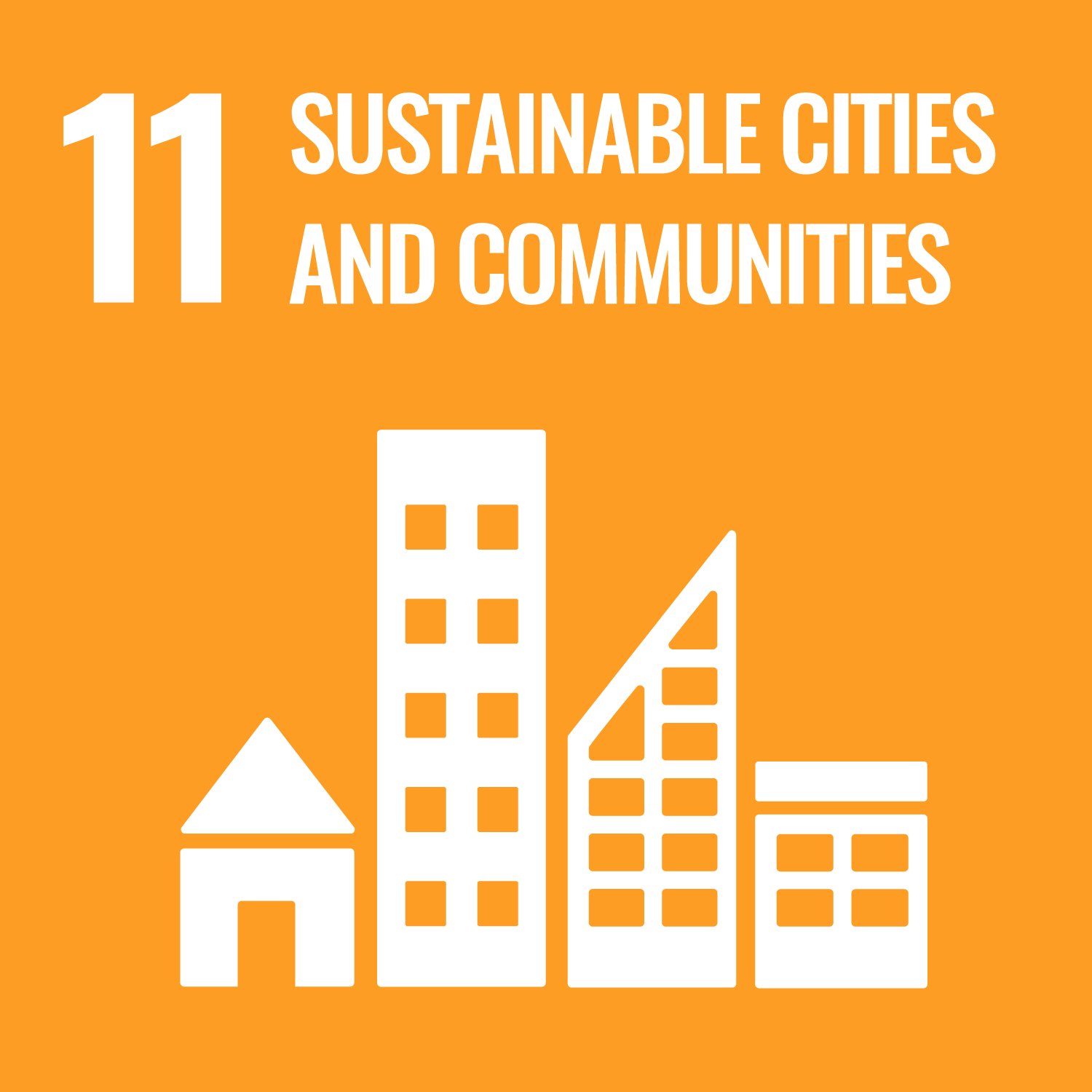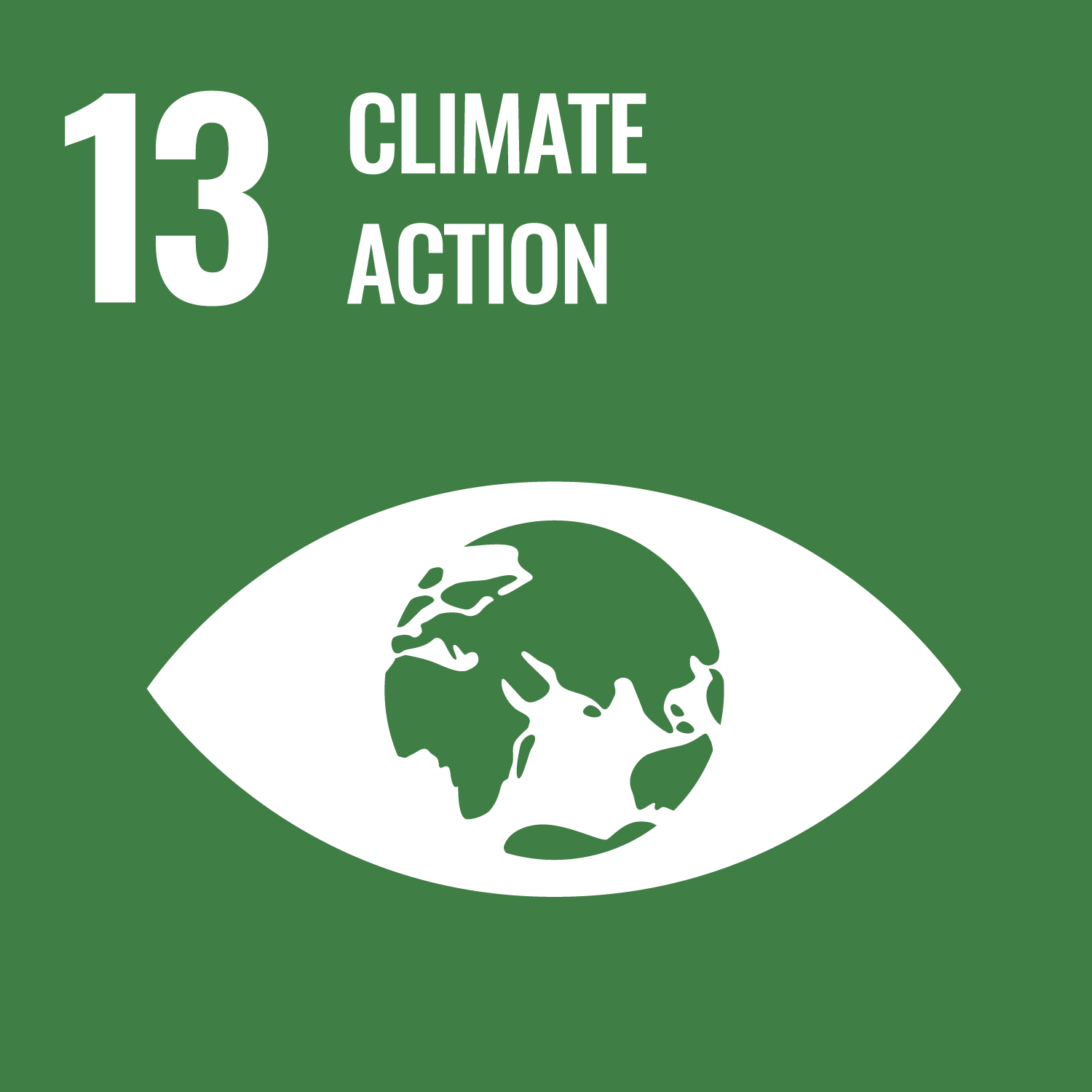
Building a Sustainable Future
Feature Article for 2019-2020, by Sally DeLeon, Andrew Lentini and Mark Stewart
The City of College Park and the University of Maryland are inextricably linked in a partnership of place-making. The people who live, work and study here are part of the story of this place. The blend of natural and man-made elements that comprise the campus-city landscape are the setting for that story and shape its possibilities. Over time, all of the living and designed elements of a landscape contribute to its future. We, collectively, have the obligation and opportunity to choose how we want that future to look.
Since sustainability is--in essence--about the future, thoughtful planning is an essential piece of creating a story that achieves the kind of visions embodied in campus, community, and global sustainability goals. At the local scale, UMD and partners in government and business are guiding that planning with a deep commitment to “smart growth.”
“Smart growth” covers a range of development and conservation strategies that help protect our health and natural environment and make our communities more attractive, economically stronger, and more socially diverse.
- US Environmental Protection Agency
Each of the sections below provides an interactive summary that gives an example of a UMD collaboration to envision a more sustainable place and execute creative strategies to transform our shared landscape toward that vision.
- Revitalization of Greater College Park: UMD, all levels of government and the business community are working together to direct investment in ways that are bringing new vibrancy to Baltimore Avenue and surrounding areas.
- Restoration of Campus Creek: UMD is collaborating with the Maryland Department of Natural Resources to return the creek that runs through the heart of campus to its natural state, conserve the forest lining its banks, and improve water quality.
- Renewal of Campus Energy Systems: UMD and the State of Maryland are leveraging finance tools to improve building energy efficiency and modernize district-energy infrastructure in order to transition to a more resilient, lower-carbon future.
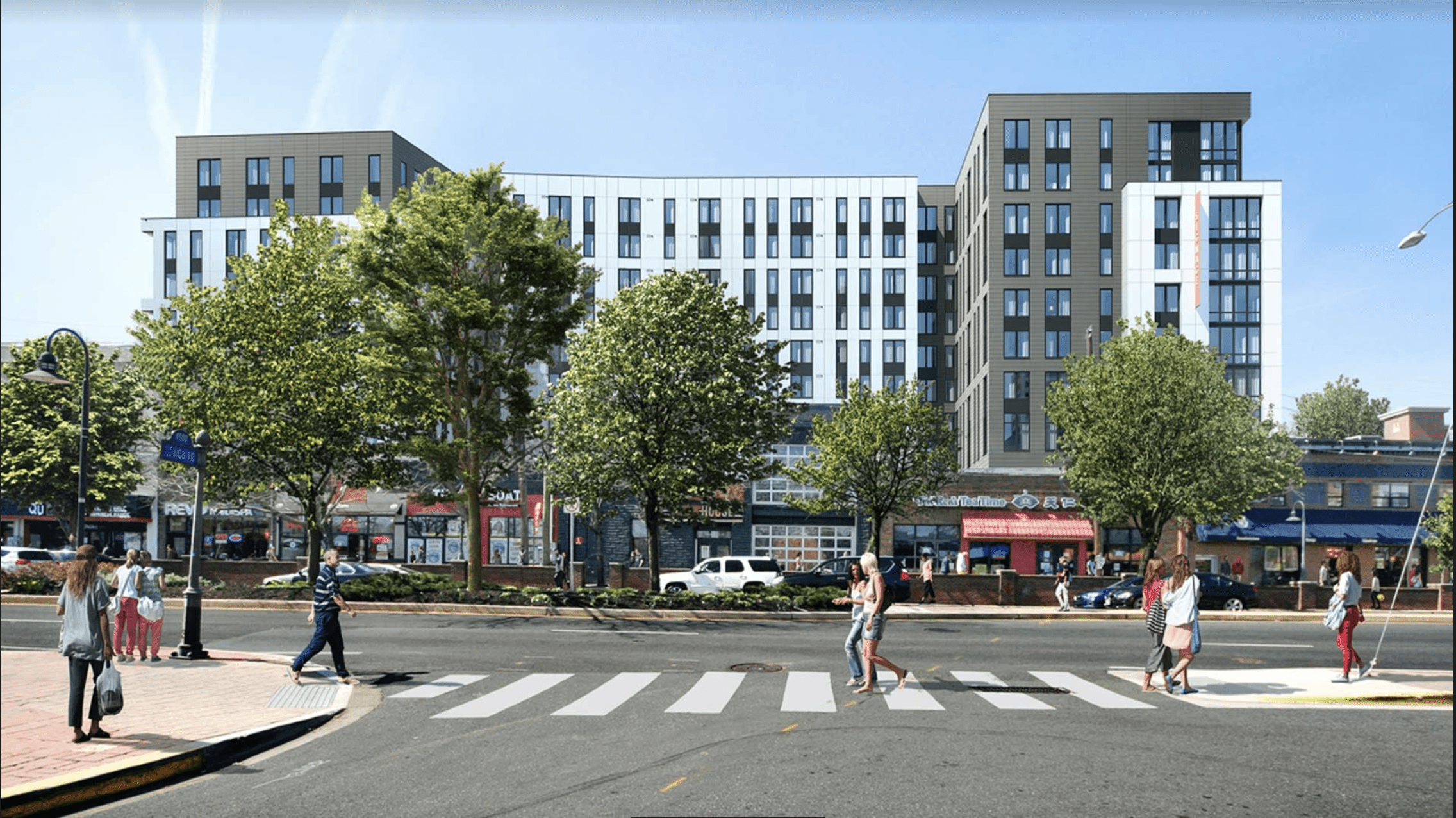
Revitalization of Greater College Park
UMD partners to create a more sustainable and resilient city
Greater College Park is undergoing a historic transformation with sustainability and smart growth as guiding principles. With a vision of creating a thriving community having a balanced mix of housing, education, research, and amenities, the University of Maryland is in partnership with governments and businesses to transform the community. Projects including the Purple Line and the Baltimore Avenue Redevelopment further this vision by making mass transit and micro-mobility (including bikes, scooters, skateboards, etc.) preferred options for traveling across the campus, city, and region. An expanding network of electric vehicle charging stations are making it easier for those driving zero emissions vehicles. Tens of thousands of solar panels cover roofs on campus and on homes and businesses citywide, helping to make College Park a Green Power Community.
Smart growth development principles include an eye toward environmental stewardship and reducing an area’s environmental footprint. With a reduced reliance on combustion-powered single occupancy vehicles, air quality is improved and when redevelopment replaces older facilities, water quality is improved. Almost all buildings constructed on campus for the last two decades and almost all buildings currently under construction on campus and in Greater College Park are built on former parking lots or other sites that were developed prior to stormwater control regulations. Today, all new construction is required to meet stringent standards that require capture and treatment of stormwater, which protects human communities and aquatic ecosystems downstream. New construction is also required to meet strict energy and environmental performance standards, either through Prince George’s County or the university. For instance, all new UMD buildings need to exceed current energy code, meet at least LEED Silver green building standards, and comply with the university’s Carbon Neutral New Development Initiative.
The interactive map provided through the first button below highlights the many projects that have been built and/or planned. Taken as a whole, Greater College Park is increasingly becoming a hub for sustainability, innovation, entrepreneurship, and entertainment. It is a place where people want to live, work, play, and stay to create solutions to the world’s most vexing problems.
Restoration of Campus Creek
Environmental stewardship is part of UMD's identity
The Campus Creek is undergoing careful restoration after many years of destabilizing impacts from urban flooding and associated erosion. UMD is returning the creek to a healthy state that can support a biodiverse aquatic community and better contribute to the ecological health of the Anacostia River and the Chesapeake Bay downstream. In collaboration with the Maryland Department of Natural Resources (DNR), engineers and project managers in UMD’s Department of Facilities Management worked with stream restoration and forestry experts to design and repair the creek’s embankments, promote floodplain reconnection and restore natural stream function. The design approach for the first phase of this project (completed in 2019) also focused on minimizing tree impacts, disturbance and improving the health of the forested ecosystem that lines the creek’s banks on the northern end of UMD’s campus.
Stream restoration design principles recognize that the biology and physicochemical properties of a healthy stream rely on underlying physical structures. These structures allow water to be transported with appropriate flow and energy and create diverse substrates for habitat and chemical processes that break down pollution. The structures are the main focus of the restoration process because they determine the stream’s geomorphology, hydraulics, and hydrology which are the foundation of healthy aquatic chemistry and ecology.
Healthy streams and rivers provide an array of environmental, social and economic benefits that also improve the communities around them, including the mitigation of area flooding and improvement of recreational opportunities. It is hoped that students, faculty, staff and visitors will enjoy the Campus Creek’s renewed state. Currently, UMD is working with a number of partners including the Chesapeake Bay Trust and Maryland DNR to fund and develop a second restoration phase for Campus Creek.
The interactive before and after photographs provided by clicking the first button below will give you a better understanding of how this restoration project changed the physical environment of the 3,039 linear foot section of Campus Creek that runs from University Blvd. to the area behind the School of Public Health. Use the slider bars to adjust views of photos taken before this section of the creek was restored (on left) with photos taken after the restoration build was completed (on right).
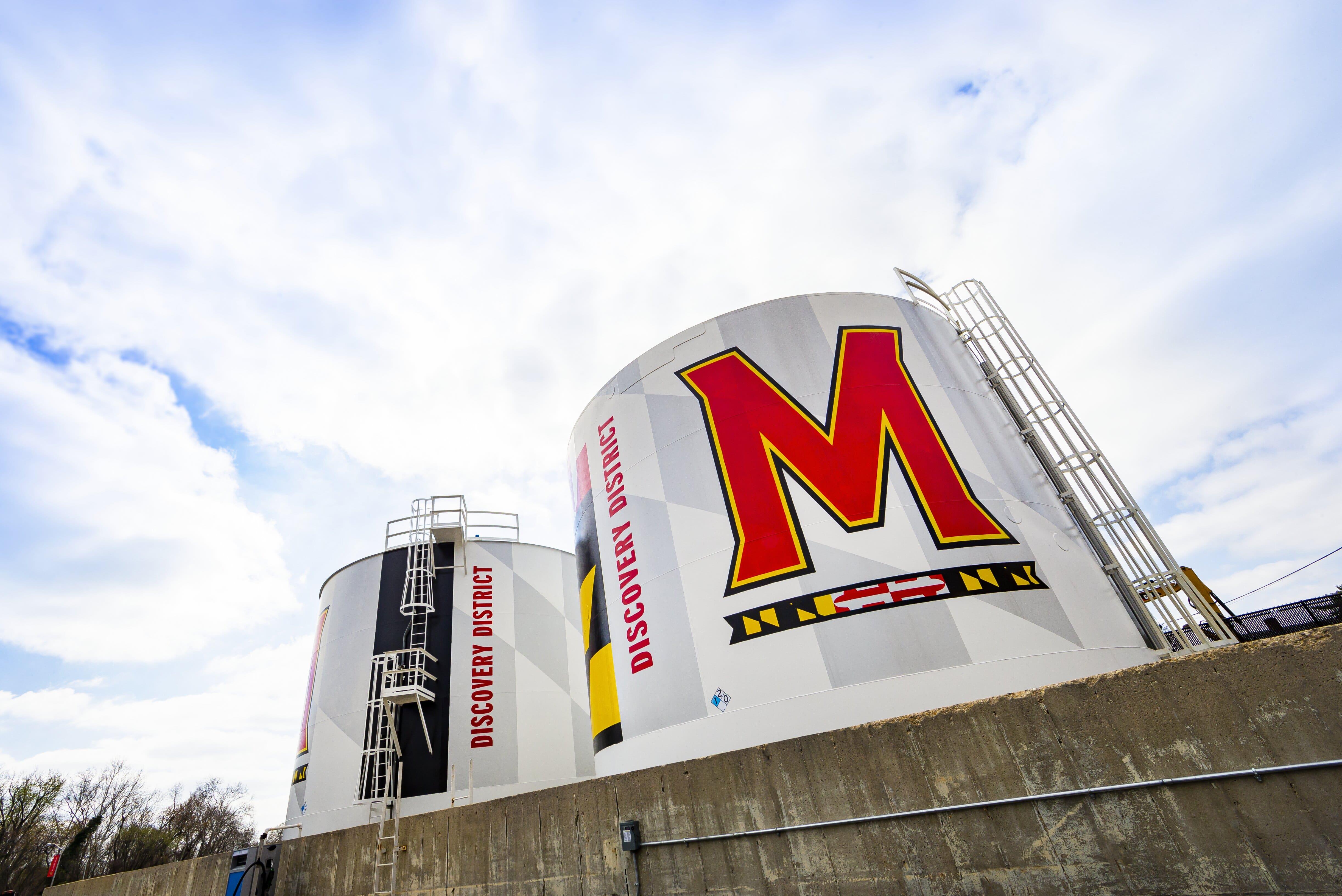
Renewal of Campus Energy Systems
UMD will replace, renew and modernize its aging power infrastructure to meet critical UMD-wide sustainability goals for energy production and usage
As of 2020, all electricity delivered to campus by regional power plants comes from renewable sources. Extensive building energy efficiency retrofits, engagement in energy conservation, and more than 9,000 solar panels on campus have all contributed to UMD's progress on reducing its carbon footprint by 56% since 2005.
Remaining carbon emissions associated with power result from fossil fuels for on-campus energy systems. To generate most power for the main campus, UMD uses natural gas-fired turbines that produce the bulk of electric energy for the university. The heat that these turbines give off, rather than being lost, is then captured in a heat recovery system to produce and process steam for heating the campus. The recovered steam is also utilized to generate additional electric power and to drive chillers that provide cooling to campus.
This "trigeneration" system, originally installed in 1999, is approaching the end of its life. In order to upgrade the existing system while meeting our sustainability goals, the university conducted extensive research and evaluated a range of options for generating cooling, heating and power on campus moving forward.
The resulting NextGen energy infrastructure program builds on the university’s environmental commitment and supports efforts, immediately and in the future, to achieve carbon neutrality. The program is highly adaptable, allowing the University of Maryland to incorporate the new, high-efficiency technologies of today while providing flexibility to utilize the technologies of tomorrow.


